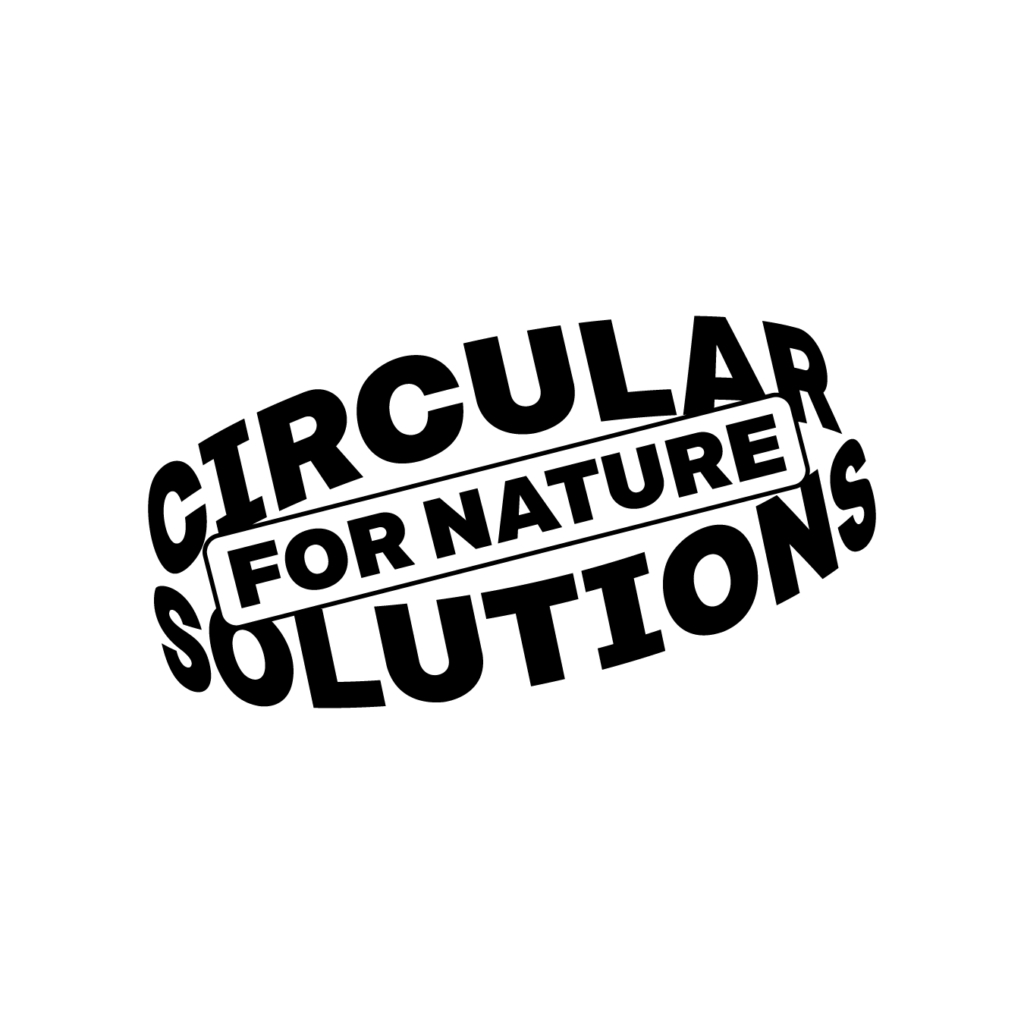Problem
Traditional office buildings often have negative environmental impacts through land-use change, inefficient use of resources, high energy consumption, the use of non-renewable energy sources and the production of waste in places where waste treatment and recycling may be inadequate. During the construction phase, noise, dust and vibration can damage local ecosystems and species.
Solution
The Triodos head office has been designed for disassembly – for example by replacing glue with screws – making it possible to reuse the wood in other buildings. It also incorporates special glass, blinds and efficient energy systems for heat conservation and regulation. The main construction material is wood, reducing the need for materials with large carbon footprints, such as steel and concrete. The building makes use of renewable energy sources such as solar power and bi-directional charging stations for electric vehicles have been installed. Rainwater is reused throughout the building and for the rooftop gardens.
By learning from nature, we can reduce waste, pollution and the need for energy and material inputs, while actively supporting local biodiversity, all through design choices in a building.
Riku Sinervo and Tim Forslund, Sitra
Biodiversity impacts
The Triodos office building is made mostly of wood, reducing the use of finite resources such as sand and gravel, while also enabling long-term storage of carbon. The building also considers the needs of local fauna. Influenced by biomimicry, the building’s design mimics nature by minimising disruptions to the environment around it, by avoiding artificial structures, by serving as a natural sponge to reduce stormwater run-off and by minimising waste – in nature there is no waste.
Benefits for the company
Energy-efficient measures help reduce the cost of electricity and heating in the building. The use of circular economy principles, such as the built-in modularity and design for disassembly, enhances the building’s long-term value creation, as its materials can be reused, further adding value at the end of the building’s life cycle.


































